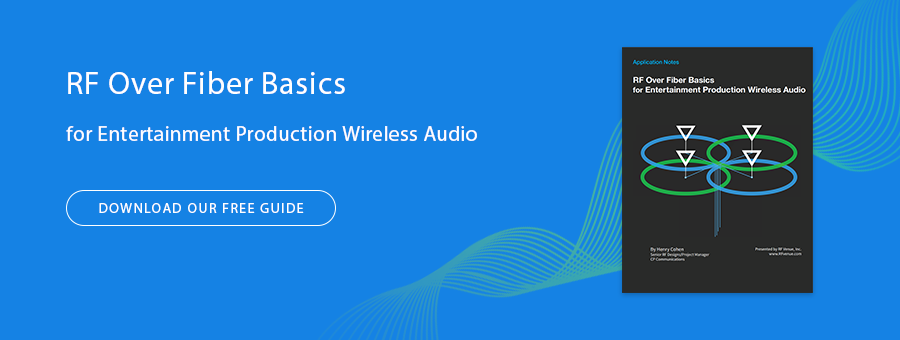- Products
- All Products
- RF PA Extension Kit
- Wireless Microphone Upgrade Packs
- In-Ear Monitor Upgrade Packs
- Wireless Microphone Antennas
- Wireless In-Ear Monitor Antennas
- Antenna Distribution for Microphones
- Antenna Combiners for In-Ear Monitors
- Multi-Zone Antenna Combiners
- Spectrum Tools
- Accessories, Cables and Parts
- Solutions by Venue
- Resources & Training
- Performance Tools
- About Us
April 19, 2016
Every Fiber-Optic Connector Used in Entertainment Production in One Giant Infographic
Written by: Alex Milne
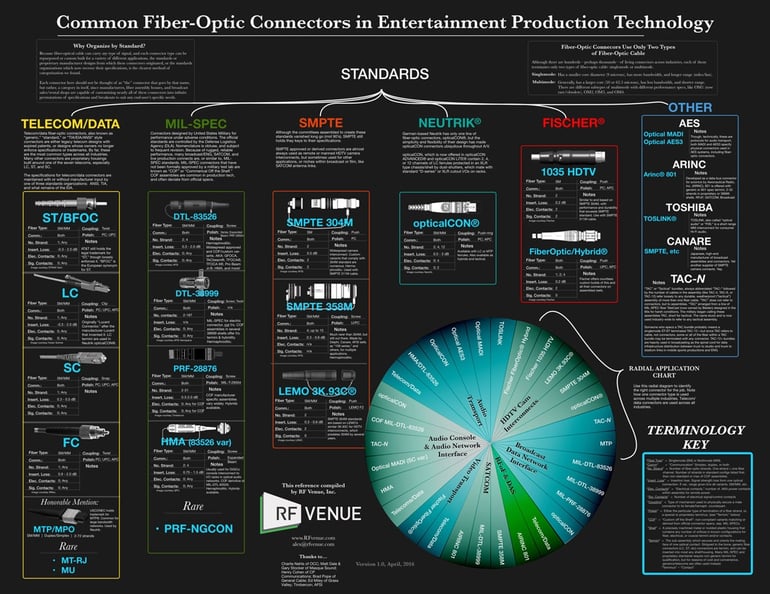
This poster-sized chart visually organizes every common fiber connector and its accompanying specifications across every entertainment production segment—broadcast, theater, live sound, corporate, film, ENG, SATCOM.
The image above is not poster size, but this link to the full size file certainly is.
If you use fiber-optics for signal or data transport on the regular, this may help you learn more about and contextualize the connectors you use every day.
If you know nothing about fiber, this is a great asset to get yourself oriented and see the landscape of connectors, cross-industry, from a bird’s eye view.
Take heart that since there are so many connectors, and only so much real estate on an already massive infographic, we’ve only included commonplace connectors, rather than every type of connector under the sun.
If you work in entertainment production in any capacity and you don’t see a connector you use routinely on this chart, or spot a mistake, or disagree with the infographic in any way, please get in touch at alex@rfvenue.com, and your contribution will be added to an updated version.
We want this to be as accurate and relevant as possible. We’ve spent considerable time researching and verifying connector specs with the generous help of experts, but since they span different industries, and there is no centralized organization that maintains connector standards, in many cases we had to generalize, or make assumptions, or leave missing information out.
It’s also worth pulling two text excerpts out of the image to properly introduce this (at first glance) intimidating chart.
Since I wrote them myself, I see no reason to put them on the blog as extracted quotes.
Why Organize by Standard?
What a good question.
Because fiber-optical cable can carry any type of signal, and each connector type can be repurposed or custom built for a variety of different applications, the standards or proprietary manufacturer designs from which these connectors originated, or the standards organizations which now oversee their specifications, is the clearest method of categorization we could find.
If you attempt to organize connector by application or use, you quickly discover that one type of connector may be used in several or all applications for which you have categories, rendering that schema less than useful, redundant, and possibly confusing. The “radial chart” included inside this infographic, a chart within a chart, is a very rough attempt to rectify the reality that most who go looking for fiber connectors probably don’t think to look for them by standard—they may not even know that such standards exist at all—they only know what they want to use the fiber for.
On a similar note, each connector here should not be thought of as “the” connector that goes by that name, but rather, a category in itself, since manufacturers, fiber assembly houses, and broadcast sales/rental shops are capable of customizing nearly all of these connectors into infinite permutations of specifications and breakouts to suit any end-user’s specific needs.
Fiber-Optic Connectors Use Only Two Types of Fiber-Optic Cable
We covered this subject in detail in a previous post, but keep in mind that although there are hundreds—perhaps thousands—of living connectors across industries, each of them terminates only two types of fiber-optic cable: singlemode or multimode.
Briefly and generally, singlemode has a smaller core diameter (9 microns), has more bandwidth, and longer range (miles/km).
Multimode has a larger core (50, 62.5 microns, but other diameters exist), has less bandwidth, and shorter range. There are different subtypes of multimode with different performance specs, like OM1 (now rare/obsolete), OM2, OM3, and OM4.
Alex Milne
Alex Milne was Product Marketing Manager and Digital Marketing Manager for RF Venue, and a writer for the RF Venue Blog, from 2014-2017. He is founder and CEO of Terraband, Inc., a networking and ICT infrastructure company based in Brooklyn, NY., and blogs on spectrum management, and other topics where technology,...
More from the blog
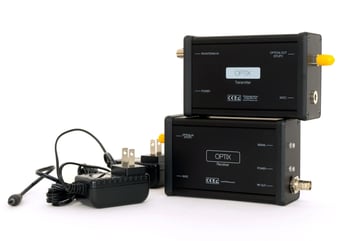
Knowledge Guides
International A/V Giant PRG Forgoes Coax in Favor of RF Optix RFoF System on Demanding New York City Corporate Event
4 min read
| December 15, 2014
Read More
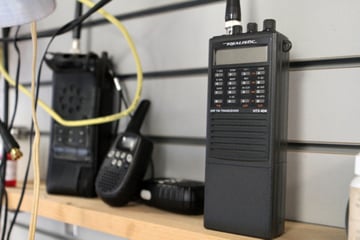
Knowledge Guides
Finding Interference from Other Radios
3 min read
| December 15, 2014
Read More
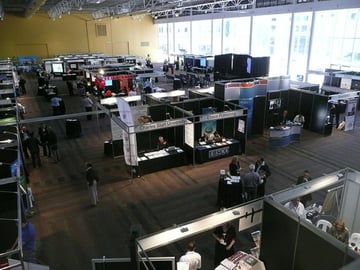
Knowledge Guides
Making Use of the Capture Effect
4 min read
| December 15, 2014
Read More
Subscribe to email updates
Stay up-to-date on what's happening at this blog and get additional content about the benefits of subscribing.

